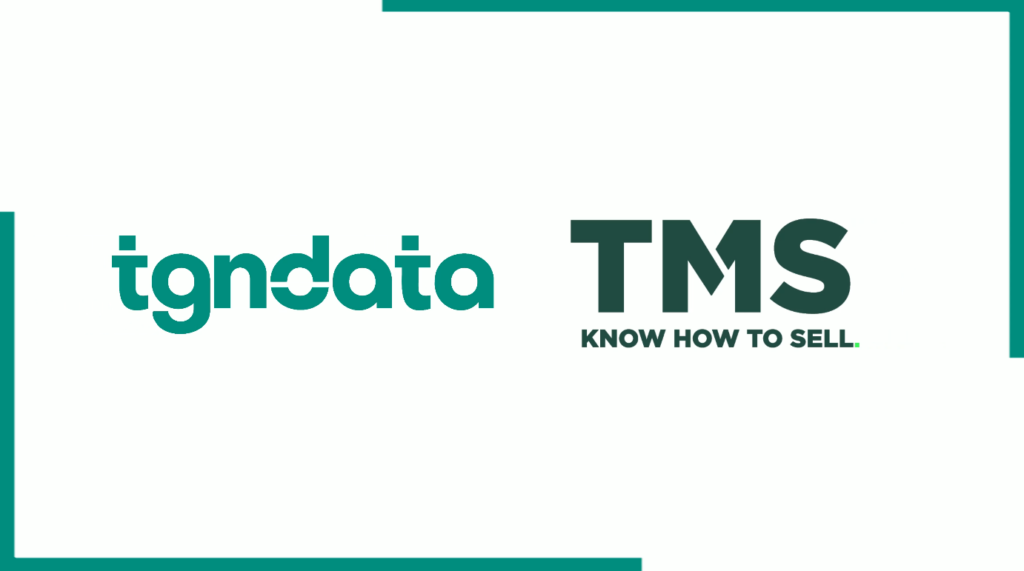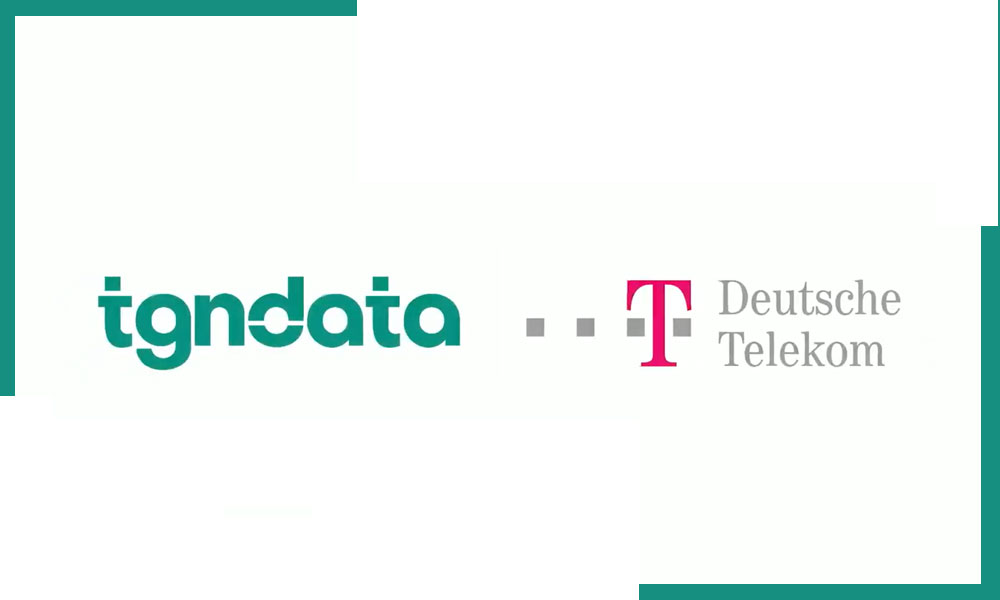Edit Content
As Black Friday approaches, it’s a make-or-break time for e-commerce businesses. One key element that can help you stay ahead in the competitive frenzy of Black Friday sales is understanding your competitors’ pricing strategies. In this article, we’ll explore six critical data points you should focus on when analyzing what your rivals are doing. Armed with this knowledge, you can make informed decisions to maximize your Black Friday success.
When diving into competitor price analysis, it’s essential to start with a clear view of your competitors’ initial pricing. This is the standard price they usually offer for the products you both sell. By understanding this baseline, you can calculate the true discount offered on Black Friday.
Proven Approach #1: To gather this data effectively, consider using web scraping tools or Price Monitoring software. Compare these initial prices across competitors and highlight products with substantial discounts. This information forms the basis for your pricing strategy.
Black Friday isn’t just about discounts; it’s about the timing and patterns of price changes. Pay close attention to how competitors’ prices fluctuate during the Black Friday period. Are there products with hourly price adjustments, and do they follow specific patterns?
Proven Approach #2: Use price tracking tools with real-time updates to monitor your competitors’ price changes. Identify the products that experience the most significant price drops. Understand the timing of these changes to optimize your pricing strategy for maximum impact.
Limited stock can drive a sense of urgency among consumers. It’s important to track your competitors’ stock availability, especially for high-demand products. Knowing if your rivals are using scarcity to their advantage can help you plan accordingly.
Proven Approach #3: Leverage web scraping or Competition Monitoring tools to monitor your competitors’ stock availability. If you notice a competitor is running out on a popular item, consider highlighting that item in your marketing materials to encourage quick action from your customers.
In addition to the real-time data points, it’s valuable to look back at historical pricing data. By analyzing how competitors have approached Black Friday sales in previous years, you can identify trends and recurring strategies.
Proven Approach #4: Use data analysis tools to review historical pricing data for your competitors. Look for patterns such as which products they consistently discount heavily and the timing of their price adjustments. This historical perspective can help you anticipate their moves in the upcoming Black Friday.
Competitors might offer special promotions on Black Friday to attract more customers. Keep an eye on the types of promotions they run, whether it’s free shipping, buy-one-get-one offers, or gift cards.
Proven Approach #5: Monitor the specific promotions and bundles your competitors use. Understanding what types of promotions are most effective for them can guide your own promotional strategies. Are they focusing on cross-selling or upselling? Adapt your marketing efforts accordingly.
One key lesson in analyzing competitors’ pricing strategies is that flexibility is your greatest asset. The competitive landscape on Black Friday is highly dynamic, and your rivals might change their tactics in response to market shifts. Being adaptable and agile is essential.
Proven Approach #7: Establish a pricing strategy that allows for quick adjustments. Use A/B testing to evaluate different pricing scenarios. Stay updated on market trends and be ready to respond in real-time to maintain your competitive advantage.
Don’t overlook customer reviews and feedback, as they can provide insights into your competitors’ pricing strategies. Analyze what customers are saying about your competitors’ pricing during Black Friday. Are they happy with the discounts, or do they feel they could have received a better deal elsewhere?
Proven Approach #6: Scan review platforms, forums, and social media to gather feedback on your competitors’ Black Friday pricing. Look for patterns in customer sentiment and identify areas where your competitors excel or fall short. This information can help you fine-tune your pricing strategy.
In the world of e-commerce, Black Friday is a battlefield where pricing strategies are crucial. By examining your competitors’ initial pricing, price fluctuation patterns, inventory levels, historical data, promotions, and customer feedback, you’ll be well-equipped to make informed decisions. Remember that adaptability and agility are essential in the fast-paced environment of Black Friday.
Analyzing your competitors’ pricing strategies isn’t just about copying their moves; it’s about understanding the market and creating a strategy that works best for your business. Use these data points and proven approaches to guide your pricing decisions and thrive during Black Friday. Good luck, and may your Black Friday sales be a resounding success!













Missing an important marketplace?
Send us your request to add it!